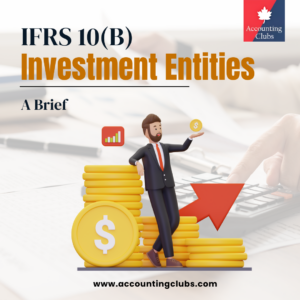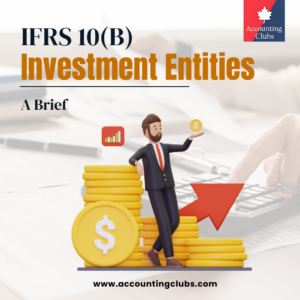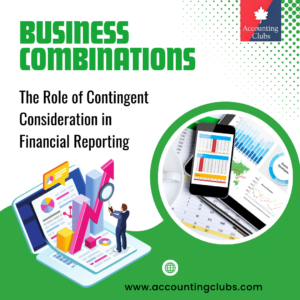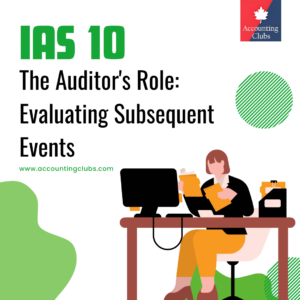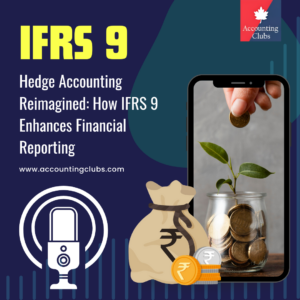Chapter 3: Joint Control, Associates and Joint Ventures
Joint venture or associate of group member
Entity A owns 80% of entity B and 70% of entity C. Entity C has a 50% holding in a joint venture, entity D. Entities A, B and C are members of the same group, so are related parties of one another. Entity D is a related party of entity C, its joint venture. Entity D is also a related party of the other members of the group in which entity C sits (that is, entity D is a related party of entities A and B). Entity D would, similarly, be a related party of entities A, B and C if it was an associate of entity C.
Entity has joint control over one entity and significant influence over another
Entity H has joint control over entity J and significant influence over entity K. Entity H has a joint venture, entity J, and an associate, entity K. Entities J and K are entity H’s related parties. Entities H and K are entity J’s related parties. Entities H and J are entity K’s related parties. Each entity within the structure shown would also be related if entity H had joint control, as opposed to significant influence, over entity K.
Transactions with related parties of an associate or joint venture
Entity A owns 30% of the share capital of entity B and could exercise significant influence over it. Entity B holds the following investments: 70% of the share capital of its subsidiary, entity C; and 30% of the share capital of entity D, with the ability to exercise significant influence. The structure is illustrated as follows: Entity A transacts with entities C and D.
Should entity A disclose these transactions as related party transactions?
Entity A should disclose its transactions with entity C in entity A’s separate financial statements and economic interest financial statements. Entity C is a related party of entity A because entity C is the subsidiary of entity A’s associate, entity B. Entity A’s management is not required to disclose entity A’s transactions with entity D in its financial statements. Entity D is not a related party of entity A, because entity A has no ability to exercise control or significant influence over entity D.
Entity C is required to disclose its transactions with entity A in its financial statements, because entity A is a related party. Entity D is not required to disclose transactions with entity A, because they are not related parties.
Group holdings: subsidiaries and associates
Entity P has two wholly owned subsidiaries, entities Q and R. Entity R has a wholly owned subsidiary, entity S, and a 30% holding in its associate, entity T. Entity P also has a 30% holding in its associate, entity U. Entity Ps consolidated and separate financial statements Entities Q, R, S, T and U are all related parties of entity P for the purposes of entity P’s separate financial statements.
Entities T and U are related to entity P for the purposes of entity P’s consolidated financial statements. Transactions between entity P and each of entities Q, R and S will be eliminated on consolidation, so no related party disclosures would be required in entity P’s consolidated financial statements.
Financial statements of entities Q, R and S All entities shown within the structure are related to one another for the purposes of each of entities Q, R and S’s separate financial statements.
For example, entities P, R, S, T and U are all related parties of entity Q. Entity T’s financial statements Entity R is a related party of entity T, so the other entities (entities P, Q and S) within entity R’s group are also related parties of entity T.
Entity U is not a related party of entity T, because two associates of the same investor are not related parties simply by virtue of their common investor. Entity U’s financial statements Entity P is a related party of entity U, so the other entities (entities Q, R and S) within entity P’s group are also related parties of entity U. Entity T is not a related party of entity U.

